
您找到了最先进、最完整、最深入的大师课程,学习如何将LangChain和ChatGPT集成到可投入生产的应用程序中!成千上万的工程师已经学会了如何使用ChatGPT构建令人惊叹的应用程序,您也可以。本课程使用经过时间考验、经过战斗验证的方法,确保您准确理解ChatGPT的工作原理,是帮助您获得作为AI应用程序软件工程师的新工作的完美途径。这门课程与其他所有课程的区别在于:您将远远超越简单的ChatGPT提示的基础知识,了解公司如何将文本生成集成到他们的应用程序中。
这是一门关于ChatGPT和LangChain的大师班课程,旨在构建以实际AI集成为重点的生产就绪应用程序。课程内容包括将ChatGPT集成到生产型应用程序中,使用LangChain组件构建复杂的文本生成流程,通过自动集成用户反馈来增强ChatGPT的输出,通过检索增强生成来教授ChatGPT新的事实,扩展LangChain以实现服务器到浏览器的文本流式传输,使用OpenAI插件为ChatGPT添加新功能,如数据库访问和代码执行,理解我们编写的每一行代码,以便您可以在自己的项目中使用这些精确的技术,构建自己的具有文档上传和身份验证功能的聊天与PDF网络应用程序,并通过可观察性和追踪查看用户与您的聊天功能的交互。Chatgpt And Langchain: The Complete Developer’S Masterclass
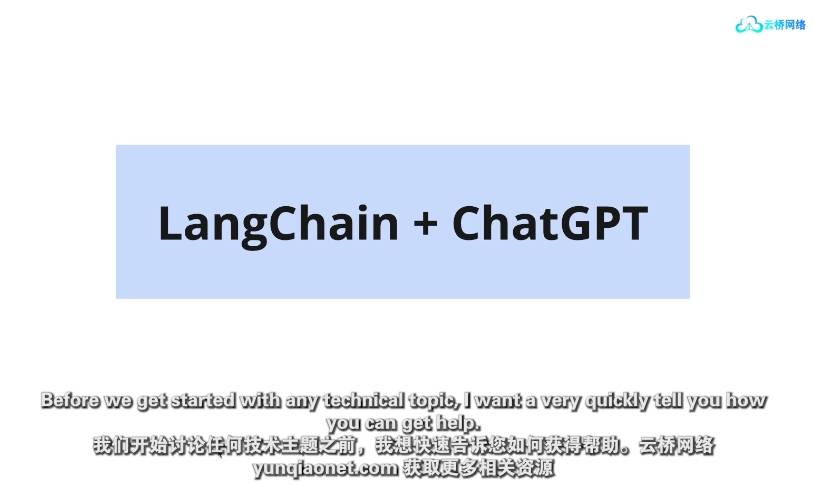
ChatGPT正在各个行业中被用于增强应用程序的文本生成功能。但是,随之而来的是许多挑战:构建包含外部信息的复杂文本生成管道创建可重用的配置组件,可以以不同的方式重新组装应用用户反馈(如赞/踩)以增强ChatGPT的输出连接可观察性和跟踪,以查看用户如何与您的AI交互使用分布式处理高效生成文本本课程将引导您学习解决这些挑战和许多其他挑战的生产就绪的可重复技术。您将构建什么?本课程侧重于创建一系列不断增加复杂性的不同项目。您将从基础知识开始,了解如何以编程方式访问ChatGPT 4。从那里开始,我们将迅速增加复杂性,构建更复杂的项目,具有更多功能。最后,您将制作一个功能齐全的Web应用程序,实现“与PDF聊天”的功能。注意:不需要以前的Web开发经验。
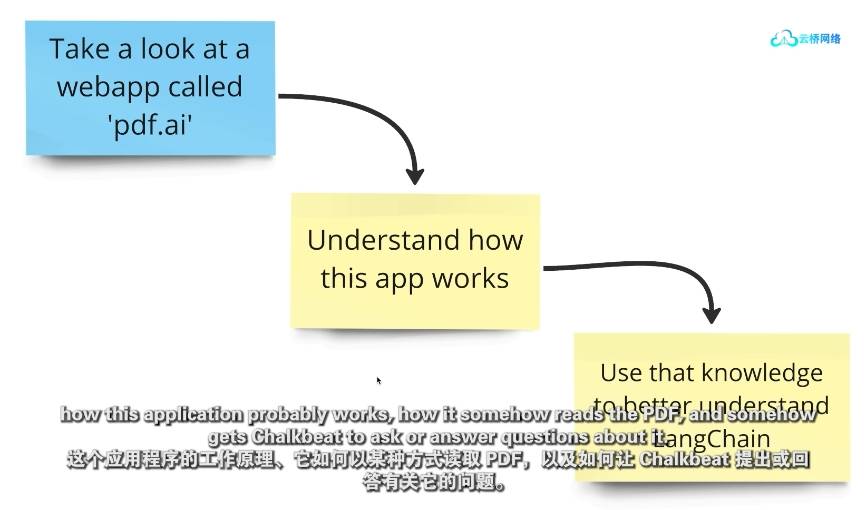
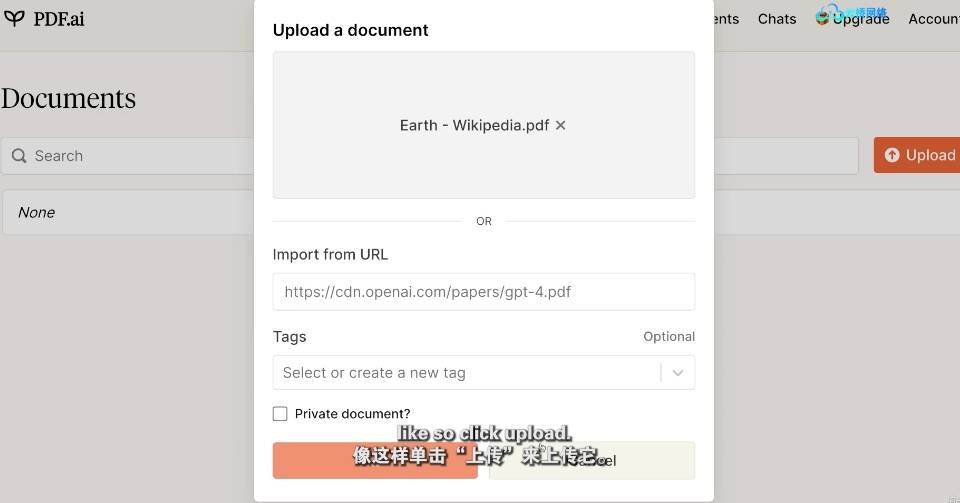
以下是您将涵盖的主题的部分列表:了解复杂的文本生成管道如何工作使用LangChain提供的链条编写可重用的代码以不同的方式将链条连接在一起,以轻松改变应用程序的行为使用对话式记忆存储、检索和总结聊天消息使用嵌入式实现检索增强生成的语义搜索生成和存储在ChromaDB和Pinecone等向量数据库中使用检索器来改进、减少和排序上下文文档,教导ChatGPT新信息创建代理人,使用您定义的目标自动完成任务编写工具和插件,允许ChatGPT访问外部世界通过使用Celery和Redis进行分布式处理,保持对性能的一致关注扩展LangChain以实现服务器到浏览器的文本流改进ChatGPT的输出质量通过用户生成的反馈机制获得用户与您的文本生成功能的互动方式的可见性使用跟踪让我们了解有关用户与您的文本生成功能的互动方式有很多课程只是展示了如何在非常基本的水平上使用ChatGPT。这是在线很少有的几门课程之一,它超越了基础知识,教授您顶级公司今天正在使用的高级技术。我热衷于以正确的方式教授主题-也就是您在现实世界中实际使用技术的方式。立即报名,加入我吧!
课程时长:11小时54分钟 1920X1080 mp4 语言:英语+中英文字幕(云桥网络 机译)含课程文件
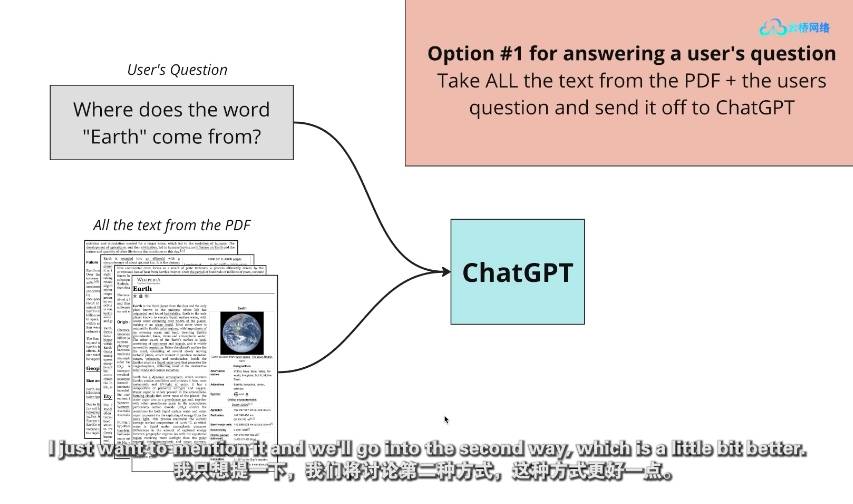
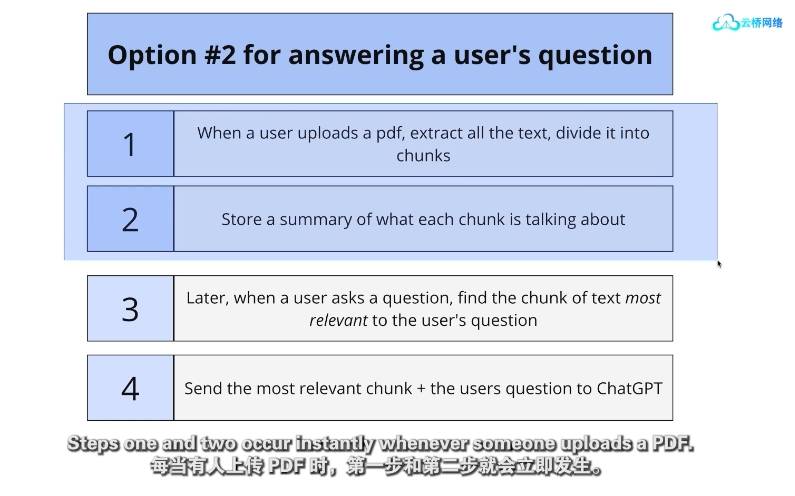

课程目录:
Overview
Section 1: Let’s Start – Dive In Here!
Lecture 1 How to Get Help
Lecture 2 What is LangChain?
Lecture 3 How a Typical AI-Enabled App Works
Lecture 4 Here It Is, This Is Why We Use LangChain
Section 2: ChatGPT and LangChain Integration
Lecture 5 Project Overview and Setup
Lecture 6 Creating an OpenAI API Key
Lecture 7 Using LangChain the Simple Way
Lecture 8 Introducing Chains
Lecture 9 Adding a Chain
Lecture 10 Parsing Command Line Arguments
Lecture 11 Securing the API Key
Lecture 12 Connecting Chains Together
Lecture 13 Chains in Series with SequentialChain
Section 3: Deep Dive into Interactions with Memory Management
Lecture 14 App Overview
Lecture 15 Receiving User Input
Lecture 16 Chat vs Completion Style Models
Lecture 17 Representing Messages with ChatPromptTemplates
Lecture 18 Implementing a Chat Chain
Lecture 19 Understanding Memory
Lecture 20 Using ChatBufferMemory to Store Conversations
Lecture 21 Saving and Extending Conversations
Lecture 22 Summarizations Conversation Summary Memory
Section 4: Adding Context with Embedding Techniques
Lecture 23 Project Overview
Lecture 24 Facts File Download
Lecture 25 Project Setup
Lecture 26 Loading Files with Document Loaders
Lecture 27 Search Criteria
Lecture 28 Introducing Embeddings
Lecture 29 The Entire Embedding Flow
Lecture 30 Chunking Text
Lecture 31 Generating Embeddings
Section 5: Custom Document Retrievers
Lecture 32 Introducing ChromaDB
Lecture 33 Building a Retrieval Chain
Lecture 34 What is a Retriever?
Lecture 35[Optional] Understanding Refine, MapReduce, and MapRerank
Lecture 36 Removing Duplicate Documents
Lecture 37 Creating a Custom Retriever
Lecture 38 Custom Retriever in Action
Lecture 39 Understanding Embeddings Download
Lecture 40 Visualizing Embeddings
Section 6: Empower ChatGPT with Tools and Agents
Lecture 41 App Overview
Lecture 42 Understanding Tools
Lecture 43 Understanding ChatGPT Functions
Lecture 44 SQLite Database Download
Lecture 45 Defining a Tool
Lecture 46 Defining an Agent and AgentExecutor
Lecture 47 Understanding Agents and AgentExecutors
Lecture 48 Shortcomings in ChatGPT’s Assumptions
Lecture 49 Recovering from Errors in Tools
Lecture 50 Adding Table Context
Lecture 51 Adding a Table Description Tool
Lecture 52 Being Direct with System Messages
Lecture 53 Adding Better Descriptions for Tool Arguments
Lecture 54 Tools with Multiple Arguments
Lecture 55 Memory vs Agent Scratchpad
Lecture 56 Preserving Messages with Agent Executor
Lecture 57 Understanding Callbacks
Lecture 58 Implementing a Basic Callback Handler
Lecture 59 More Handler Implementaion
Section 7: Pinecone as a Vector Database
Lecture 60 App Overview
Lecture 61 Taking a Look at Mockups
Lecture 62 Boilerplate Download
Lecture 63 Boilerplate Setup
Lecture 64 How This App is Designed
Lecture 65 Outlining the First Feature
Lecture 66 Loading and Splitting From a PDF
Lecture 67 Sample PDF
Lecture 68 Testing the PDF Upload
Lecture 69 Introducing Pinecone
Lecture 70 Initializing the Pinecone Client
Lecture 71 Adding Documents to the Vector Store
Section 8: Distributed Text Generation with Celery
Lecture 72 Why is Processing Taking Forever?
Lecture 73 Introducing Background Jobs
Lecture 74 Redis Setup
Lecture 75 Redis – MacOS Setup
Lecture 76 Redis – Ubuntu and Windows Subsystem for Linux Setup
Lecture 77 Redis – Windows Setup *Without* WSL
Lecture 78 Adding in the Worker
Lecture 79 Queuing Up Jobs
Lecture 80 Updating Document Metadata
Section 9: Custom Message Histories
Lecture 81 Understanding the Apps Requirements
Lecture 82 Persistent Message Storage
Lecture 83 Introducing the Conversational Retrieval Chain
Lecture 84 Building the Retriever
Lecture 85 Custom History Objects
Lecture 86 Building a Custom SQL History
Lecture 87 Testing the Chain
Section 10: Streaming Text Generation
Lecture 88 Streaming Text Generation
Lecture 89 Creating a Working Playground
Lecture 90 Experimenting with a Streaming Language Model
Lecture 91 Chains Don’t Want to Stream
Lecture 92 Receiving Chunks with a Callback
Lecture 93 Extending a LLM Chain
Lecture 94 Adding a Queue for Communication
Lecture 95 The Chain Really Wants to Wait
Lecture 96 Solving the Slow Chain
Lecture 97 It Works!
Lecture 98 Ending the Loop
Section 11: Extending LangChain
Lecture 99 Isolating the Queue and Handler
Lecture 100 Using a Mixin Approach
Lecture 101 Integrating the Streaming Code
Lecture 102 Testing the Streaming Setup
Lecture 103 Here’s the Issue
Lecture 104 Isolating the Handler
Lecture 105 Streaming Complete!
Section 12: Self-Improving Text Generation
Lecture 106 Random Component Parts
Lecture 107 Component Part Flow
Lecture 108 Partial KWArg Application
Lecture 109 Building Component Maps
Lecture 110 Randomly Picking a Component
Lecture 111 Generalizing Component Picking
Lecture 112 Collecting User Feedback
Lecture 113 Redis Connection Setup
Lecture 114 Storing Votes in Redis
Lecture 115 Weighted Randomness
Lecture 116 Extracting Scores
Lecture 117 Calculating the Average Score
Lecture 118 Selecting Components By Score
Section 13: Implementing Tracing and Observability
Lecture 119 Adding Score Observability
Lecture 120 Building the Score Aggregate
Lecture 121 Adding Another Form of Memory
Lecture 122 Window Memory Implementation
Lecture 123 Text Generation Tracing
Lecture 124 Langfuse Signup
Lecture 125 Adding in Tracing
Lecture 126 Understanding the Trace
Lecture 127 Automatic Trace Creation
1、登录后,打赏30元成为VIP会员,全站资源免费获取!
2、资源默认为百度网盘链接,请用浏览器打开输入提取码不要有多余空格,如无法获取 请联系微信 yunqiaonet 补发。
3、分卷压缩包资源 需全部下载后解压第一个压缩包即可,下载过程不要强制中断 建议用winrar解压或360解压缩软件解压!
4、云桥网络平台所发布资源仅供用户自学自用,用户需以学习为目的,按需下载,严禁批量采集搬运共享资源等行为,望知悉!!!
5、云桥网络-CG数字艺术学习与资源分享平台,感谢您的赞赏与支持!平台所收取打赏费用仅作为平台服务器租赁及人员维护资金 费用不为素材本身费用,望理解知悉!


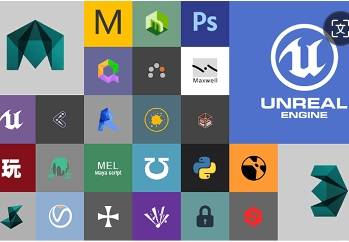
评论(0)